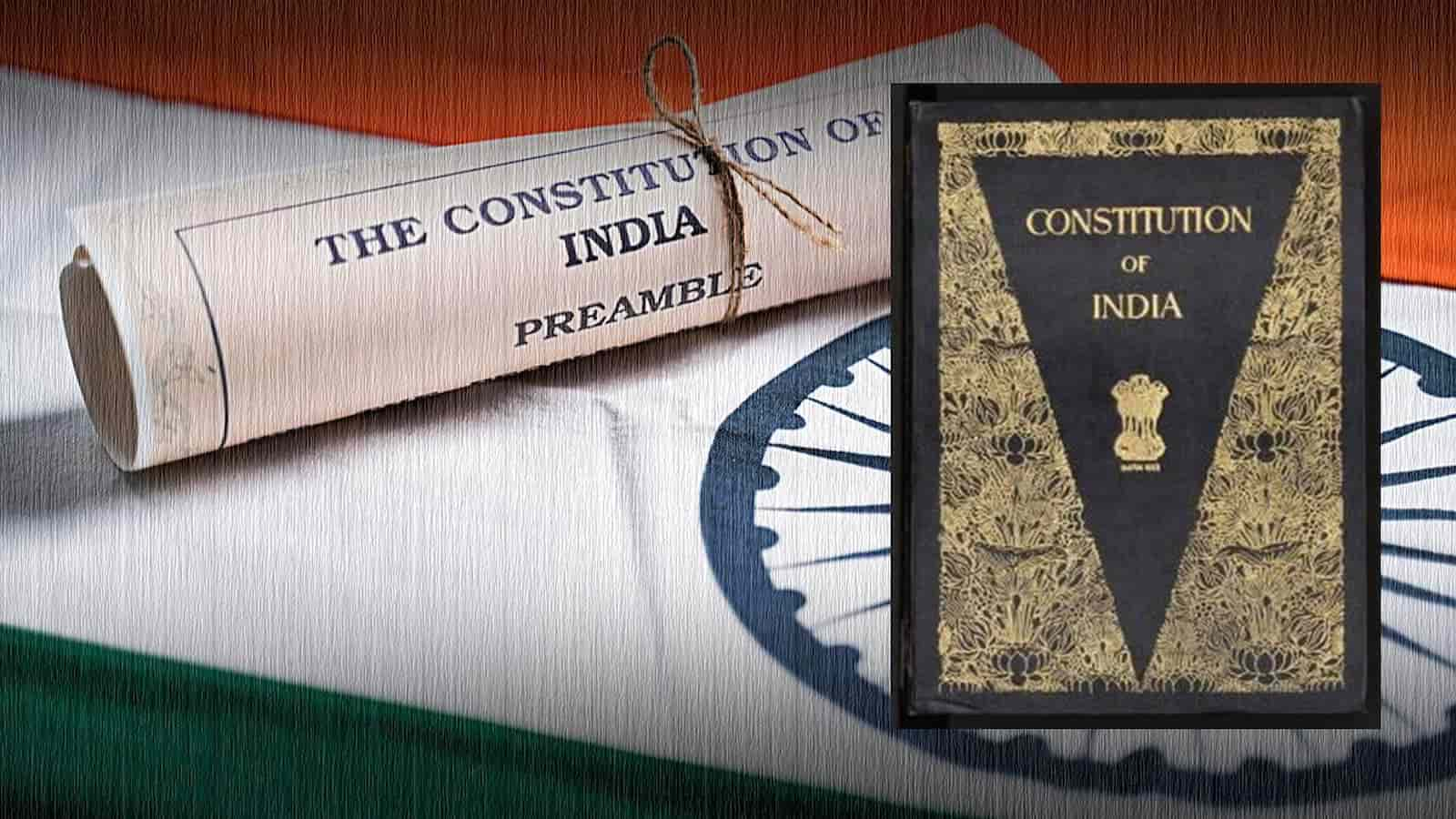
The Indian Constitution is not just a legal document but the moral and philosophical foundation of the Republic of India. This blog explores its ideals, structure, and its role as the guiding soul of the nation.
The Indian Constitution: The Soul of the Republic
Introduction: A Living Document for a Diverse Nation
In a country as vast, varied, and vibrant as India—home to 1.4 billion people, hundreds of languages, and multiple religions—the Constitution is not just a legal document. It is the soul of Indian democracy, the contract between the state and its citizens, and the foundation of justice, liberty, equality, and fraternity.
When India gained independence in 1947, the biggest challenge wasn't just political freedom—it was building a nation out of deep diversity and historical wounds. The Constitution of India, adopted on 26th November 1949 and enforced on 26th January 1950, was our answer.
🏛️ Historical Background: How the Constitution Came to Be
1. The Need for a New Constitution
After centuries of colonial rule, India inherited a deeply unequal and fragmented society. A new legal framework was needed to:
Unite princely states and British provinces
Grant equal rights to all citizens
Ensure democratic governance
End practices like untouchability and feudalism
2. The Constituent Assembly
Set up in 1946, chaired by Dr. Rajendra Prasad
Dr. B.R. Ambedkar, as the Chairman of the Drafting Committee, played a key role
299 members deliberated over 2 years, 11 months, and 18 days
Influenced by global constitutions (e.g., U.S., U.K., Ireland, Canada, USSR)
📜 Salient Features of the Indian Constitution
1. Lengthiest Written Constitution
Originally had 395 Articles, 22 Parts, and 8 Schedules
Today, has 470+ Articles, 25 Parts, and 12 Schedules
Balances detail with adaptability
2. Blend of Rigidity and Flexibility
Can be amended, but not easily
Uses both Parliamentary and State consent (via Article 368)
3. Federal System with Unitary Bias
Power divided between Centre and States
But in times of emergency, Centre becomes more powerful
4. Parliamentary System
Based on Westminster model
President is the nominal head; Prime Minister is the real executive
5. Fundamental Rights and Duties
Inspired by U.S. Bill of Rights and Indian traditions
Guarantees freedoms: speech, equality, religion, life, etc.
Fundamental Duties added by 42nd Amendment (1976)
6. Directive Principles of State Policy (DPSPs)
Non-justiciable guidelines to build a welfare state
Inspired by Irish Constitution
Promote health, education, justice, gender equality
7. Independent Judiciary and Rule of Law
Supreme Court is the guardian of the Constitution
Judiciary can strike down unconstitutional laws (Judicial Review)
📖 Preamble: The Heart of the Constitution
"We, the People of India..."
The Preamble is the soul of the Constitution, reflecting the vision of the founders. It declares India to be:
Sovereign – Independent of foreign control
Socialist – Reducing inequality
Secular – Equal respect for all religions
Democratic – Government by the people
Republic – Head of State is elected
It ensures Justice, Liberty, Equality, and promotes Fraternity among citizens.
⚖️ Key Provisions and Structures
1. Three Organs of Government
Legislature – Makes laws (Parliament)
Executive – Implements laws (President, PM, Ministers)
Judiciary – Interprets laws (Supreme Court, High Courts)
2. Fundamental Rights (Part III)
Right to Equality (Articles 14–18)
Right to Freedom (Articles 19–22)
Right against Exploitation
Right to Freedom of Religion
Cultural and Educational Rights
Right to Constitutional Remedies (Article 32 – “heart and soul” per Ambedkar)
3. Duties of Citizens (Article 51A)
Includes respect for the Constitution, environment, heritage, and upholding national unity.
🛠️ Amendments: Adapting to Change
The Constitution is not static. It evolves.
Notable Amendments:
1st Amendment (1951): Reasonable restrictions on free speech
42nd Amendment (1976): “Mini Constitution”; added words Socialist, Secular
44th Amendment (1978): Restored civil liberties after Emergency
73rd & 74th Amendments (1992): Empowered Panchayati Raj & Urban Local Bodies
🧠 Why the Constitution Still Matters
The Constitution is not a relic—it's a living, breathing document.
It guides India through challenges:
Protects minorities and vulnerable groups
Balances freedom and order
Resolves Centre-State conflicts
Ensures government accountability
As India grows and changes, so must its commitment to constitutional values.
✅ MCQs on Indian Constitution
1. When was the Constitution of India adopted?
A) 15 August 1947
B) 26 January 1950
C) 26 November 1949
D) 2 October 1950
Answer: C) 26 November 1949
2. Who is known as the ‘Father of the Indian Constitution’?
A) Jawaharlal Nehru
B) Sardar Patel
C) Dr. B.R. Ambedkar
D) Rajendra Prasad
Answer: C) Dr. B.R. Ambedkar
3. Which part of the Constitution contains the Fundamental Rights?
A) Part II
B) Part III
C) Part IV
D) Part V
Answer: B) Part III
4. How many schedules are there in the Indian Constitution currently?
A) 10
B) 8
C) 12
D) 14
Answer: C) 12
5. Which Article gives the Right to Constitutional Remedies?
A) Article 21
B) Article 14
C) Article 32
D) Article 19
Answer: C) Article 32
📘 UPSC-Level Analytical Questions
**1. Discuss the significance of the Preamble to the Indian Constitution. Can it be amended? Refer to constitutional provisions and case law. (250 words)
**2. “The Indian Constitution is a unique blend of rigidity and flexibility.” Examine this statement with suitable examples. (250 words)
**3. How do the Fundamental Rights and Directive Principles of State Policy complement each other in achieving the objectives of the Indian Constitution? (250 words)
**4. Analyze the role of the Constitution in protecting minority rights while upholding the principles of secularism in India. (250 words)
11-Jul-2025 02:29 PM
Explore the fascinating structure, origin, and dynamics of our Earth—from...
11-Jul-2025 02:18 PM
Understand the vital role of lysosomes and cellular transmission in...
11-Jul-2025 01:48 PM
A concise and exam-focused overview of Plasmolysis and Protoplasm, covering...
04-Jul-2025 12:46 PM
India’s education system is undergoing a major transformation to prepare...
02-Jul-2025 02:51 PM
Recent research suggests that the transfer of genes between fungi...
Leave a Comment